SOURCE: RAUNAK KUNDE / NEWS BEAT / IDRW.ORG
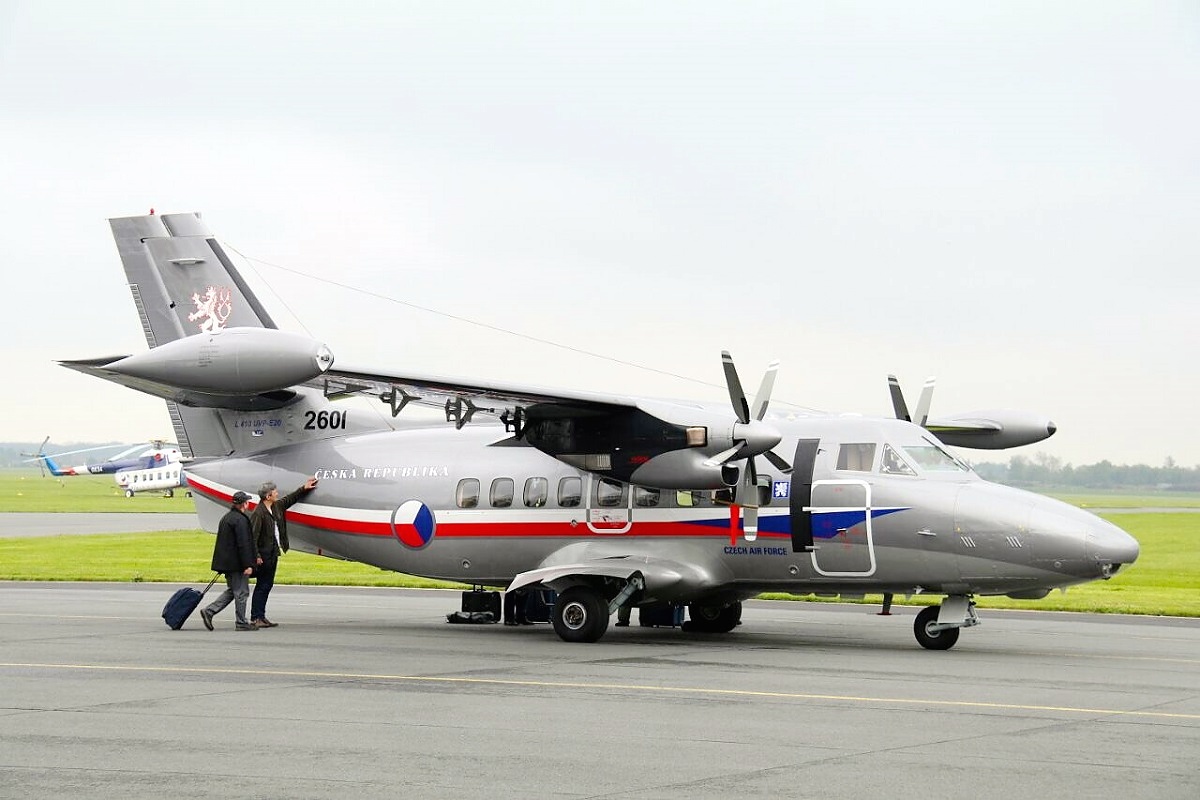
Bengaluru-based Gopalan Aerospace India Private Limited will be showcasing Czech aircraft manufacturer Let Kunovice developed Let L-410 Turbolet, a twin-engine short-range transport aircraft at the Aero India 2023 for the Static display.
L 410 is an all-metal, high-wing turboprop aircraft that is Designed for short take-off and landing (STOL) that can carry 19 passengers with more than 1,200 L 410 aircraft have been manufactured since the 1960s and been operated by more than 60 countries across five continents.
Continue readingSOURCE: RAUNAK KUNDE / NEWS BEAT / IDRW.ORG
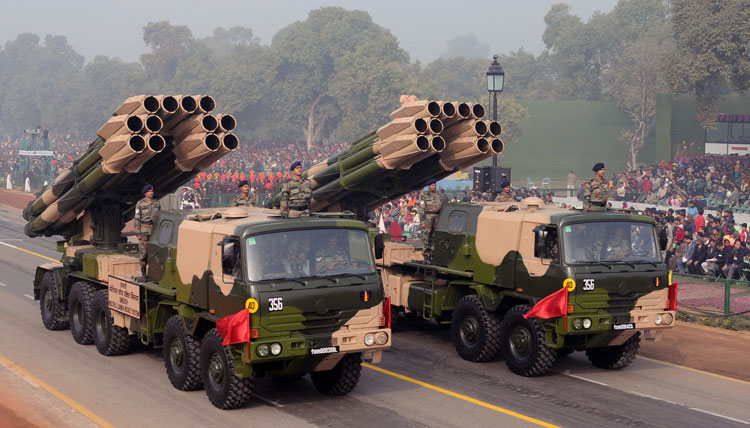
Ministry of Defence (Army), invites Request for Information (RFI) for life extension of SMERCH ammunition for the Indian Army by Private Indian vendors.
300mm SMERCH Rockets of the following four (04) variants are used with the SMERCH Multi Launcher Rocket System (MLRS) of the Indian army, which is proposed to be offered for Life Extension by Private Indian vendors.
Continue readingSOURCE: RAUNAK KUNDE / NEWS BEAT / IDRW.ORG

U.S Aerospace Engine Major has applied for clearance of Technology Transfer for the F-414 engine and F-414-EPE [Enhanced Performance Engine] that will clear the path for the company to not only set up a local manufacturing plant jointly in India with India’s state-owned Hindustan Aeronautics Limited (HAL) but also locally manufacture niche core engine section in the country.
F414-INS6 engine an India-specific engine that will incorporate single-engine safety criteria, higher performance, and greater durability will be the first to be locally manufactured in India under ToT agreements that will allow India’s HAL to manufacture this engine from RAW material stages and also manufacture spares for the engines.
Continue readingSOURCE: RAUNAK KUNDE / NEWS BEAT / IDRW.ORG
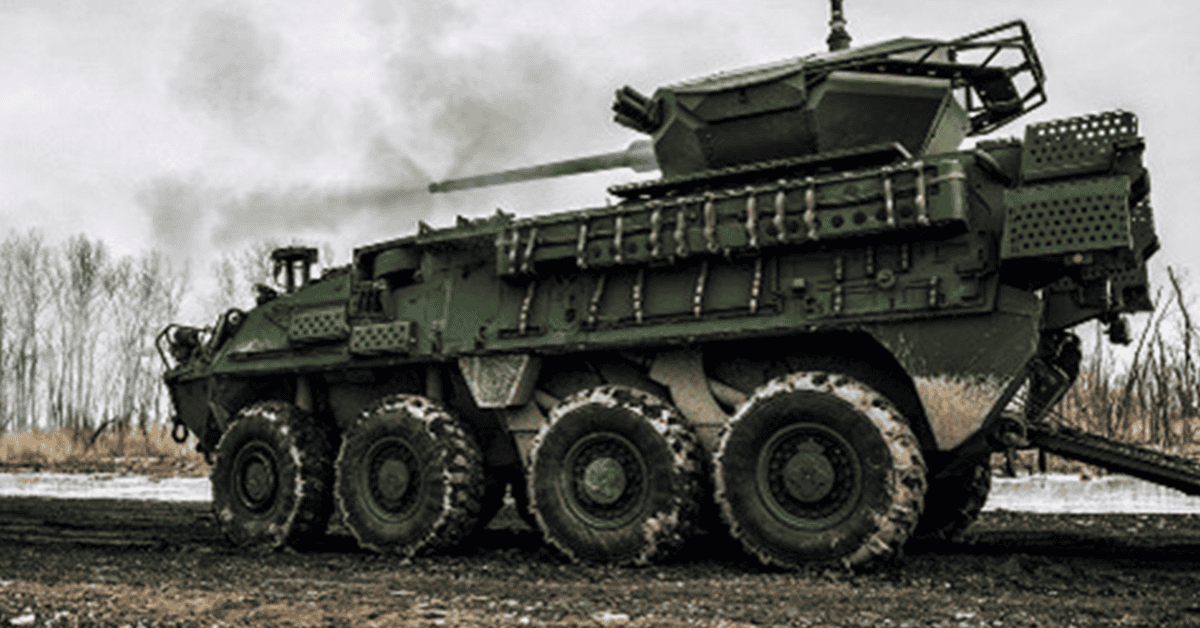
US administration is considering clearing the Transfer of Technology (ToT) for the Canadian-American eight-wheeled armoured fighting vehicle known as Stryker to India which will not only allow India to manufacture it locally but also allow India to incorporate some of the technology of the armoured fighting vehicle in its own Armoured Personnel Carrier (APC) that are in development.
While it is not clear if Indian Army is keen to purchase locally manufactured Striker APCs as a whole or wants Striker APC tech incorporated into locally made APCs that are still under development.
Continue readingSOURCE: RAUNAK KUNDE / NEWS BEAT / IDRW.ORG

Lockheed Martin India’s vice-president and chief executive William Blair speaking to ” the Print said that Sikorsky S-92, a large, twin-engine helicopter that can be used for both civil and military purposes is an offer to the Indian military.
Tata-made S-92 cabin has been supplied to Lockheed Martin from 2012 onwards and more than 157 cabins made by Tata from its greenfield facility in Hyderabad to Lockheed Martin.
Continue readingSOURCE: RAUNAK KUNDE / NEWS BEAT / IDRW.ORG
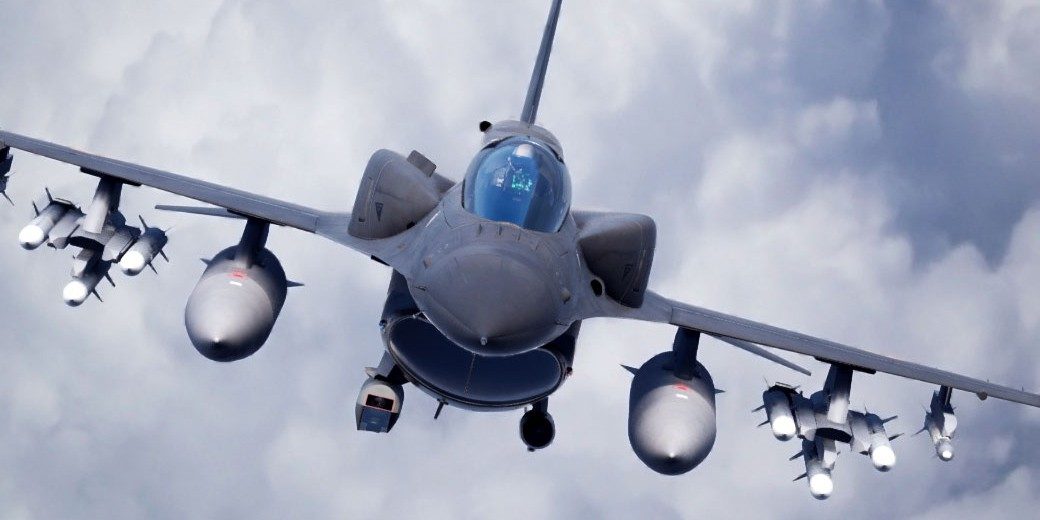
William Blair, Lockheed Martin’s India vice-president and chief executive, told ThePrint that Lockheed Martin sees the F-21 aircraft as a perfect fit between Indian-made LCA-Tejas fighter jet and Rafale and Su-30MKI as the company is keen to respond to the RFP (Request for Proposal) for MRFA that is likely to be issued later this year by Indian Air Force (IAF)
Lockheed Martin has offered India its F-16V configuration Block 70/72 which in India is called F-21. F-21 has a Maximum take-off weight of 21 tons which makes it below Rafale (24.5-tons) and Sukhoi-30 (34.5tons) but above LCA-Tejas Mk1A (14 tons) and Tejas Mk2 (17.5-tons).
Continue readingSOURCE: DEEPAK HILORI/ FOR MY TAKE / IDRW.ORG

Tejas Mk2, also known as Tejas LCA MK-II (Light Combat Aircraft), will soon enter the critical prototype construction stage after the Cabinet Committee on Security, led by Prime Minister Narendra Modi, approved the Tejas Mark-2 project at a cost of more than Rs 10,000 crore.
The MK-2 is designed to have improved avionics, weapons, and aerodynamics compared to the earlier version, the Tejas MK-1. It is also planned to have more advanced engines and enhanced air-to-air and air-to-ground capabilities. The Indian Air Force has placed an order for 83 Tejas MK-2 aircrafts to replace its aging fighter fleet.
Continue readingSOURCE: DEEPAK HILORI/ FOR MY TAKE / IDRW.ORG

Brazilian Navy is on its way to becoming the seventh Navy in the world that has Nuclear powered submarine by the turn of this decade as it has started developing a 6000-ton nuclear-powered attack submarine, called Álvaro Alberto which is based on the French developed Scorpène-class submarine.
The Brazilian Navy only last year commissioned its first Scorpène-class attack submarine in Itaguaí, Rio de Janeiro. Both Indian and Brazilian Scorpène-class attack submarine has the same baseline design while they might defer internally it has nearly the same displacement of 1900 tons submerged.
Continue readingSOURCE: SATYAJEET KUMAR/ FOR MY TAKE / IDRW.ORG
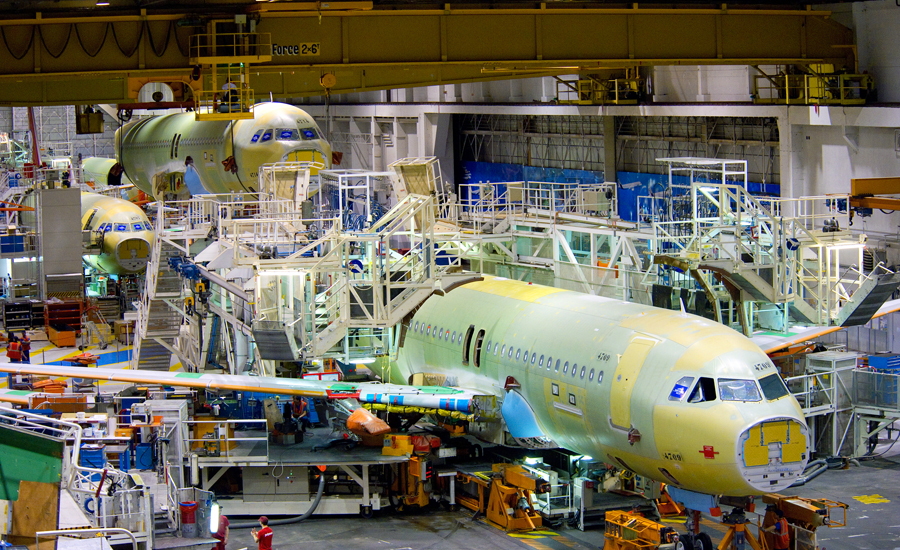
Modi government is trying to nudge Global Airline manufacturers like Airbus and Boeing to set up local final assembly lines for some of the popular narrow-body aircraft considering that both have predicted sales of over 2000 aircraft to India in the next 20 years.
The Indian commercial aviation industry has made significant strides in recent years, but with the development of indigenous aircraft, it remained a cash cow for Airbus and Boeing which simply is just interested in selling aircraft and throwing crumbles in name of localization of components for their global supply chain that contribute minuscule to the Indian economy.
Continue readingSOURCE: RAJESH AHUJA / FOR MY TAKE / IDRW.ORG

In the 1990s, Aeronautical Development Establishment (ADE) was tasked to develop Nishant, a remotely piloted aircraft (RPA) to be used for intelligence, surveillance, and reconnaissance (ISR) roles on its borders with Pakistan and China. India was the first among its peers to have its own indigenous RPA/UAV program but fast forward to 2023, and India is still not where it wanted to be while even smaller countries have made rapid progress in the area.
Indian first RPA Nishant had it is the first flight in 1995 and was considered a great advancement at that time but technical issues and other changing UAV technology meant that ADE was not able to adapt fast to the changes nor was able to develop a product that met all user requirements.
Continue readingSOURCE: RAJESH AHUJA / FOR MY TAKE / IDRW.ORG

Britain, Italy and Japan are to cooperate in developing a sixth-generation fighter, Few details were available before the scheduled announcement beyond the project’s named Global Combat Air Programme (GCAP) and the fact the partners say they plan to have the fighter ready by 2035.
Japanese-European defence program will also see the development of a new engine advanced power and propulsion system that will see designing an electrical starter generator that was fully embedded in the core of a gas turbine engine, now known as the Embedded Electrical Starter Generator.
Continue readingSOURCE: SATYAJEET KUMAR/ FOR MY TAKE / IDRW.ORG
The Saturn AL-31FP is a turbofan aircraft engine that is used on several military aircraft, including those operated by the Indian Air Force. The Indian Air Force operates a fleet of Sukhoi Su-30 fighters, which are powered by the AL-31FP engine.
Over the year they have been several versions of the Saturn AL-31FP turbofan aircraft engine have been developed over the years, with various improvements and updates made to the design. Some of the improvements that have been made to the AL-31FP include:
Continue readingSOURCE: DEEPAK HILORI/ FOR MY TAKE / IDRW.ORG

India will commence work on the development of a new indigenous radar that will be customized for its Su-30MKI fleet replacing its huge N011M BARS Radar, which even after 25 years is still an impressive radar on any aircraft that has acquired a cult status as ” Mini AWACS” in the Indian Air Force due to its ability to see even small single-engine fighter jets as far as 200km.
Uttam Mk3 will be replacing a legendary Radar and it will be the biggest and most powerful radar that will be developed by India to date that will come with impressive performance and also allow the Su-30 fleet to remain relevant for the next 30 years.
Continue readingSOURCE: SATYAJEET KUMAR/ FOR MY TAKE / IDRW.ORG
For Decades China was believed to have a relatively small nuclear arsenal compared to other nuclear-armed states, with estimates ranging from around 280 to 320 nuclear warheads. However, China has been steadily modernizing its nuclear weapons, including the development of new types of nuclear missiles and submarine-launched nuclear missiles.
Like other nuclear-armed states, China’s nuclear weapons program has been a source of concern and tension in international relations. The country has faced criticism for not being more transparent about its nuclear capabilities and for not participating in arms control negotiations, such as the Nuclear Non-Proliferation Treaty (NPT).
Continue readingSOURCE: IDRW NEWS NETWORK

Two world powers are in an intense war in attempts to grab lucrative contracts to be part of India’s multi-billion dollar nuclear submarines program without raising the eyes of the world community. Both Russia and France want to be India’s Strategic depth partner in defense technology but the race is to take each other place in terms of offering technologies that are not often traded or sold unless it is to close friends and allies.
American and United Kingdom joined hands to develop nuclear-capable attack submarines for Australia to thwart any Chinese Naval activities in Indian Ocean Region in mind, the same games are being played in the power corridors of India where both countries are eager to help India achieve the same.
Continue reading